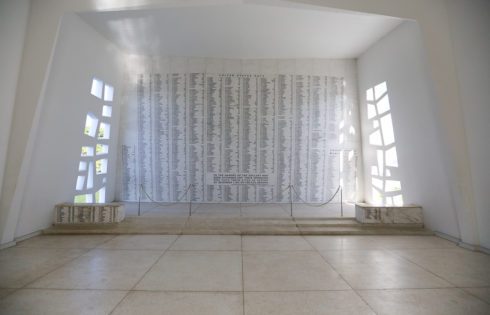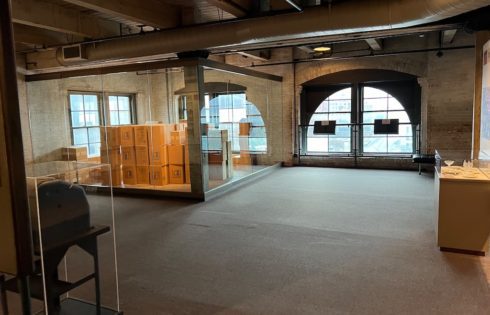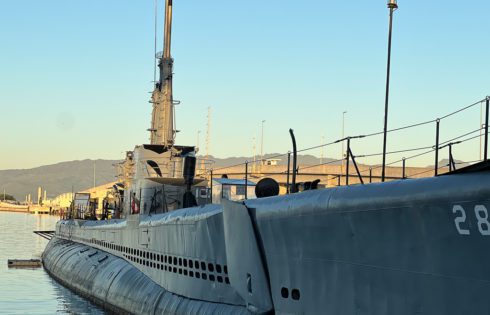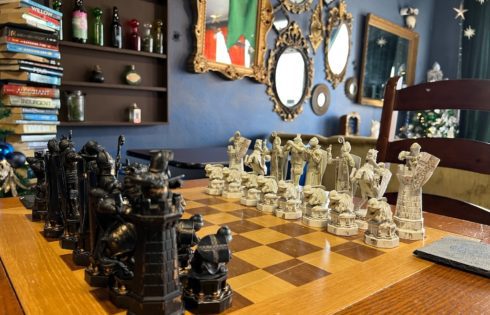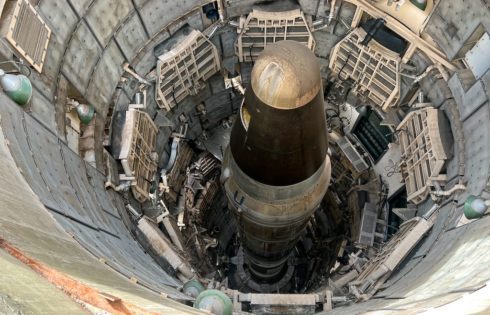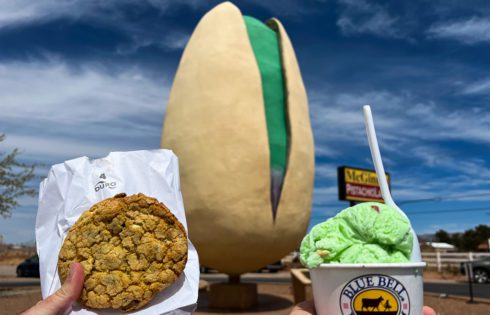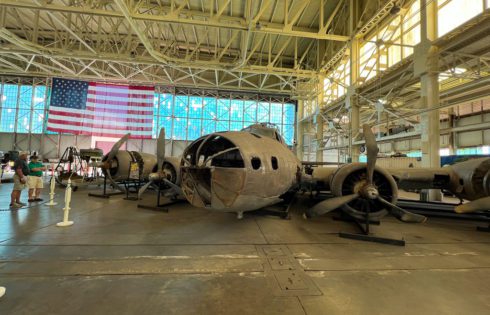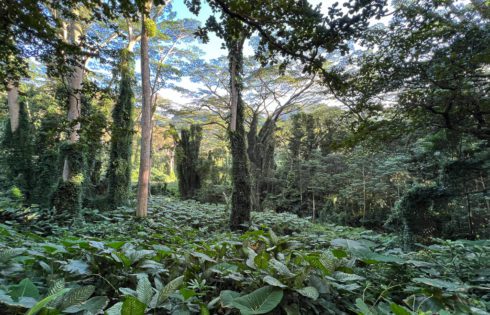
These Lush Hawaiian Grounds with a Stunning Waterfall Were Featured in Lost and Jurassic World
Nestled in a lush Hawaiian rainforest, this trail is one of the most popular and scenic hikes on the island of Oahu. But is it worth the visit—and what should

